According to the Mexican researcher Miguel Gleason, outside the country there are more than 9 thousand unique pieces that are exhibited in international museums, in different formats such as figurines, statuettes, paintings, sculptures, among others. All that heritage has not been returned to Mexico despite the fact that the authorities have claimed it at various times in history and, failing that, it has been sold, stolen, recovered, etc. This is because the matter of ownership is a murky issue. With a black market for art, whose value has been estimated at more than 6.3 billion a year, the mantra of “whoever finds it, gets it” is quite tempting. However, past and present owners can claim these items, sometimes leading to diplomatic and even warfare between the nations involved.
The Plume of Moctezuma
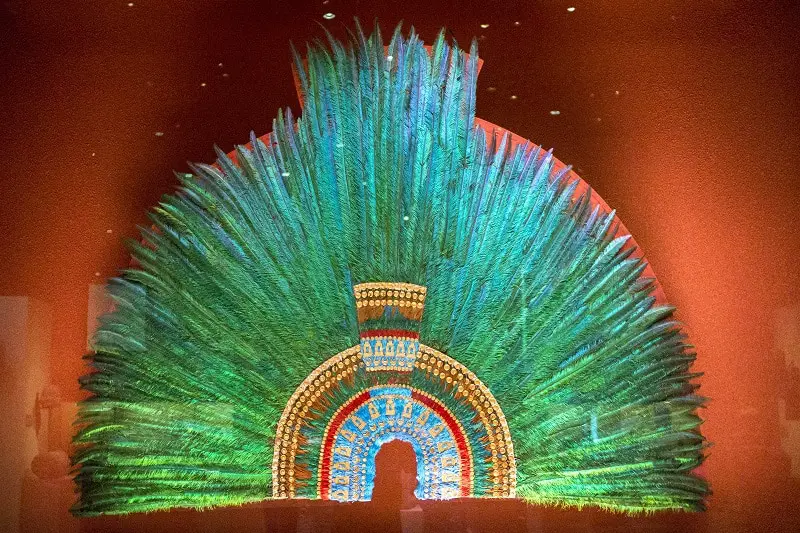
This piece is one of the most famous in the history of Mexico. It is about the plume that was used by nothing more and nothing less than one of the most relevant huey tlatoanis in the pre-Columbian world, Moctezuma Xocoyotzin, who exercised his power in Tenochtitlán between 1502 and 1520. Mexico reached an agreement with Austria to return this relic to Aztec territory, but the years of antiquity have made it very vulnerable, which has prevented its transfer.
Dresden Codex
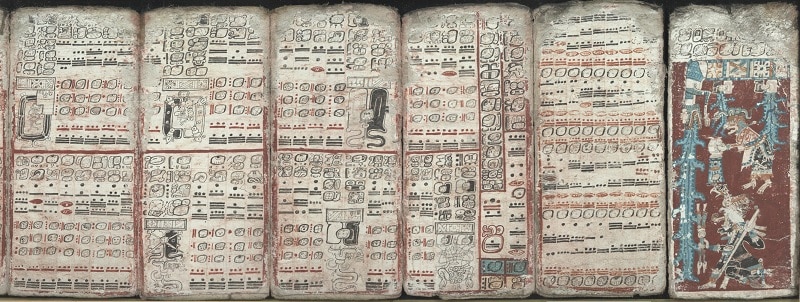
There are only four manuscripts of the Mayan culture in the world, this is one of them. It consists of 39 leaves and is considered the oldest of all, since it dates from the 11th century. Its content is sacred since it deals with calendars of divination and astronomy rituals. It is currently exhibited in the Library of Germany.
Tezcatlipoca Mask
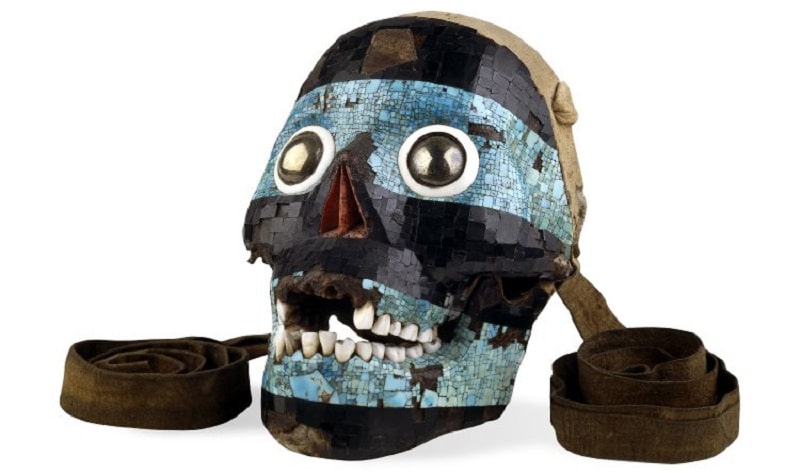
It is the mask of the most feared and adored deity by the Mexican culture. It is exhibited in the British Museum in London and is made of turquoise. It dates from the 15th century and to date it has not been returned to Mexico.
Quetzalcoatl Mask
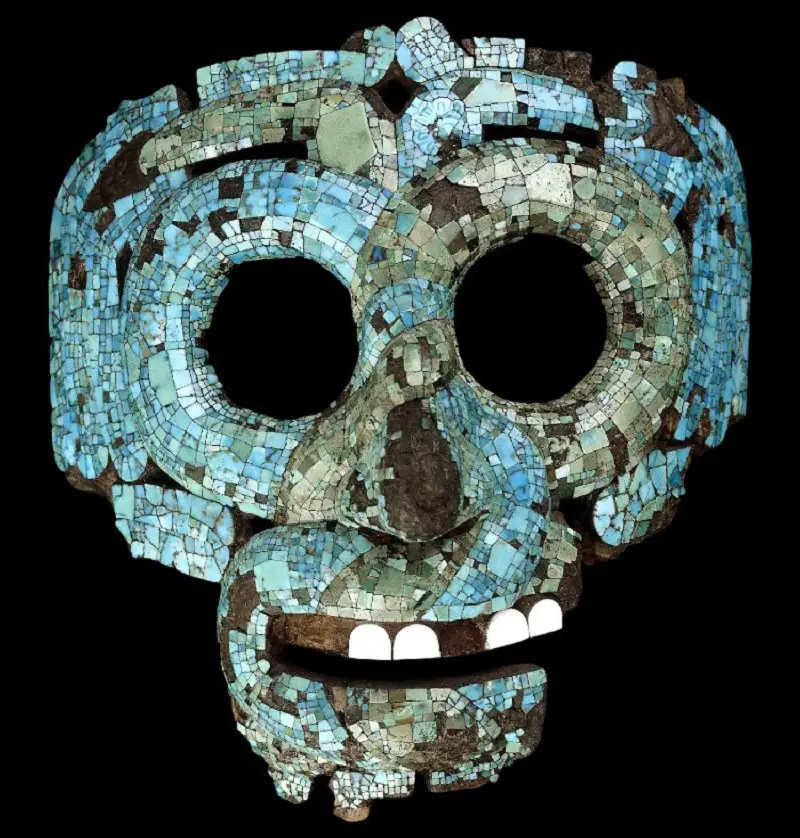
It was made by the Mexica culture between the 15th and 16th centuries with turquoise and obsidian inlays. It is currently exhibited in the British Museum in London.
Codex Aubin
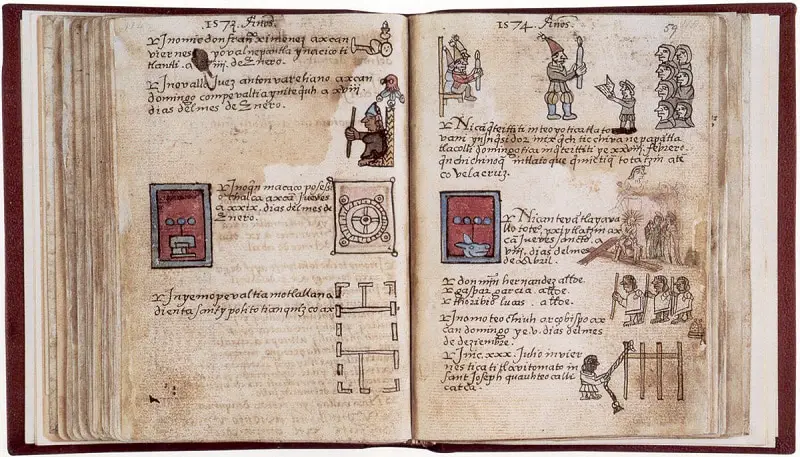
It is a manuscript dating from 1576 that recounts the history of the Mexica from their origins to the Spanish conquest. It is located in the same museum in which the Quetzalcóatl and Tezcatlipoca masks are exhibited: the British Museum in London.
Huichol Mural
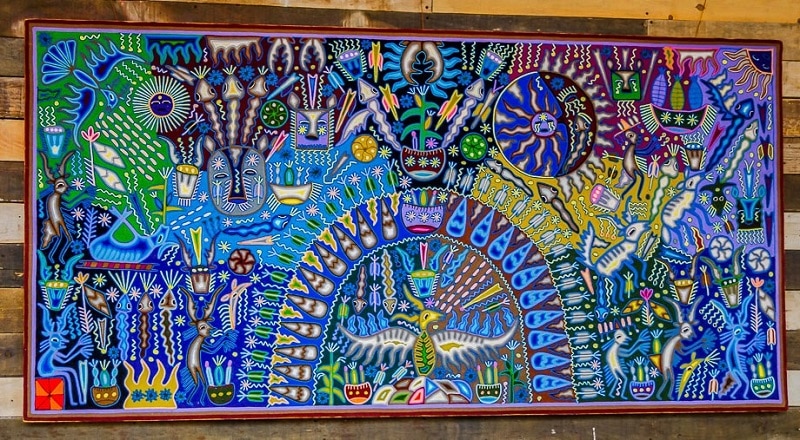
Created by the indigenous Santos de la Torre, this mural was gifted by former PRI president Ernesto Zedillo to France, a country that exhibits it to date in the Paris Metro, at the Palais Royal-Musée du Louvre station. Titled Pensamiento y Alma Huichol, it was made with millions of beads.
Works by Frida Kahlo

The popular Mexican painter Frida Kahlo has a museum in Baden-Baden, Germany, where all of her artistic production is exhibited; a total of 126 paintings of her. This museum, unique in the world, is visited by thousands of people annually to learn about the context in which this Mexican lived.
Nican Mopohua
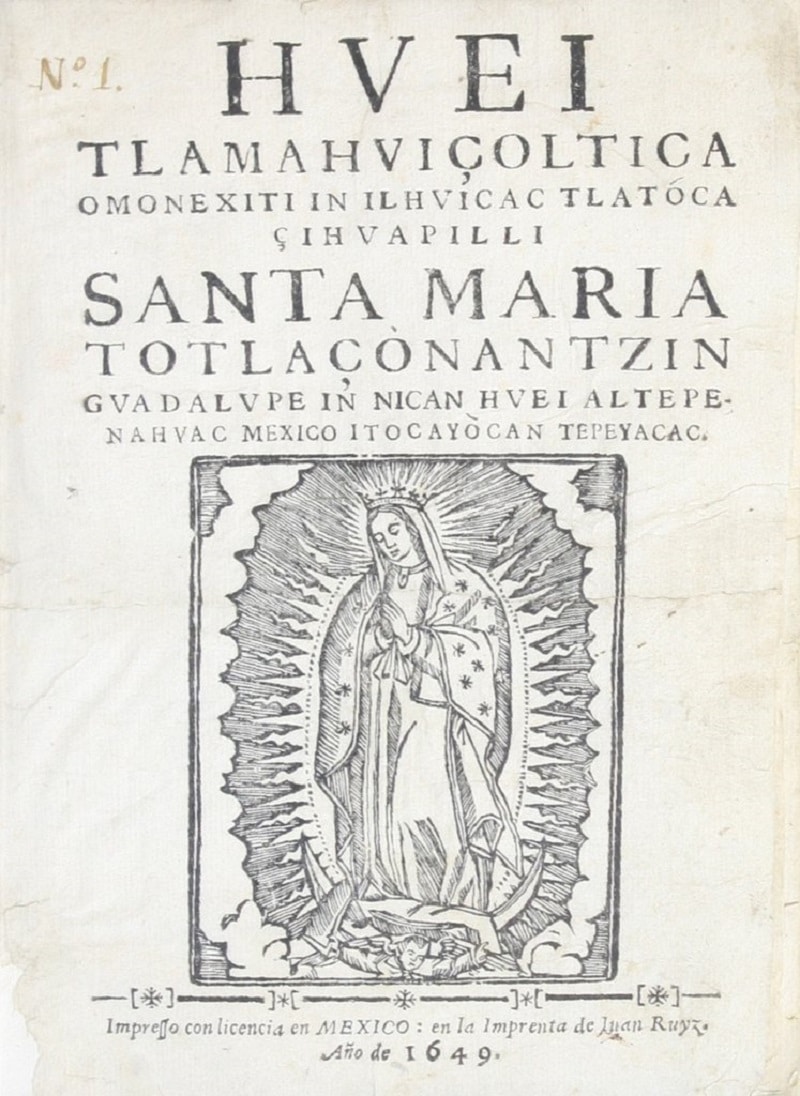
Nuican Mopohua is the name by which this ancient manuscript is known, which deals with the Marian apparitions of the Virgin of Guadalupe. At the moment it is exhibited in the Municipal Library of the city of New York, the United States.
Utopia of Thomas More
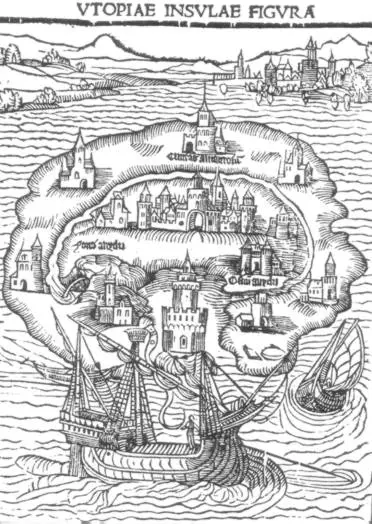
Its original name is a truly golden booklet, no less beneficial than entertaining, on the best state of a republic and on the new island of Utopia and was published by the Catholic theologian Thomas More in 1516. It is located in the Library of the University of Austin, United States.
Diego Rivera Painting
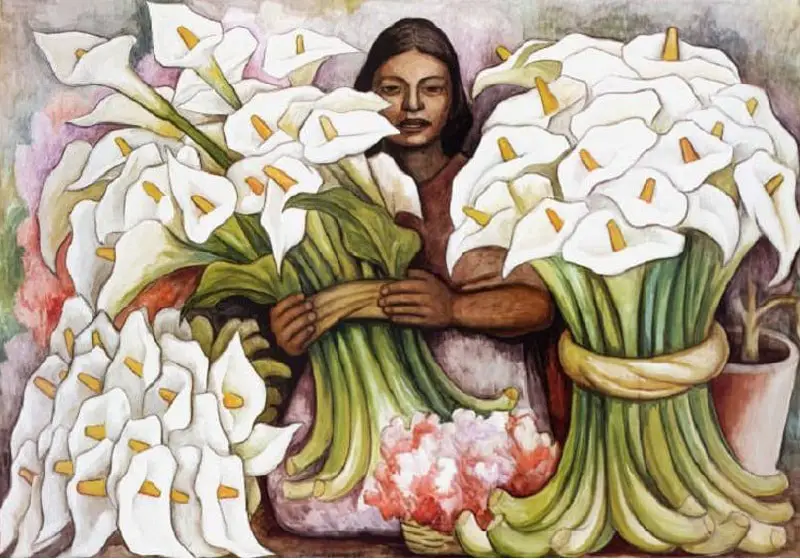
Diego Rivera created this painting that has been considered the most representative of his work, as it portrays the indigenous Mexicans capturing their essence and millenary tradition. The 1925 painting is in a museum in Los Angeles, United States, called the County Museum.
